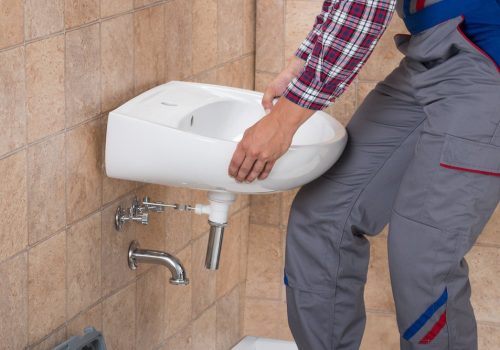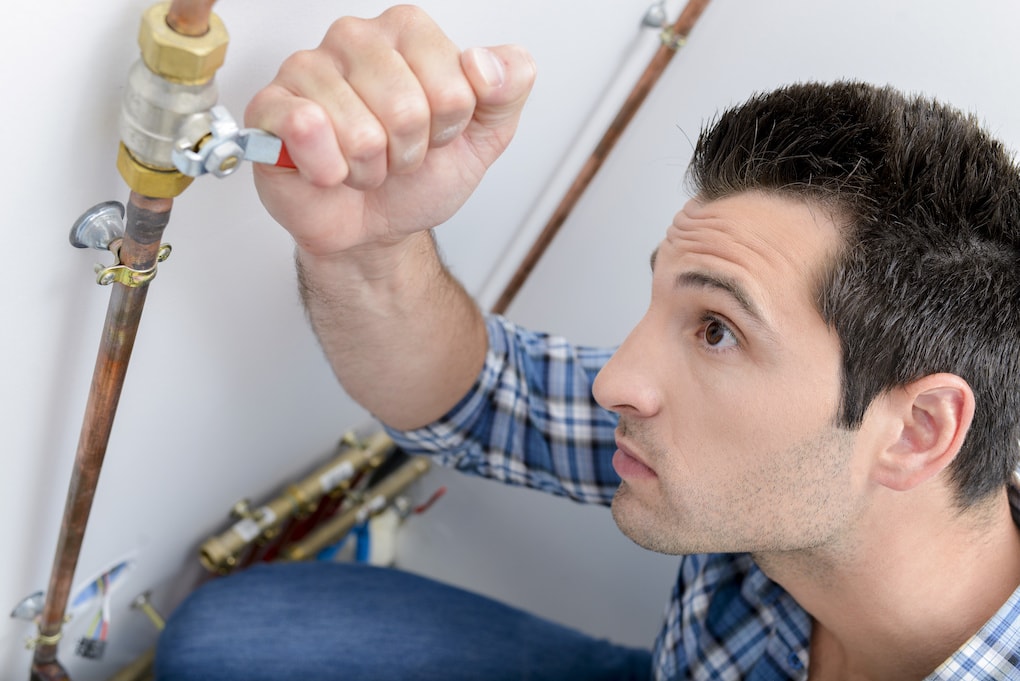Exposing the Next Era of Plumbing: Patterns and Advancements
Exposing the Next Era of Plumbing: Patterns and Advancements
Blog Article
What are your ideas regarding Innovative Plumbing Trends Transforming Construction?

Intro
The plumbing industry is undertaking a transformative stage driven by technical innovations and growing worries for sustainability and efficiency. This article checks out arising patterns and developments forming the future of pipes.
Regulatory Landscape
Governing frameworks play an important duty in shaping the fostering of pipes innovations, with criteria and codes regulating every little thing from water performance to item safety. As modern technologies remain to develop, regulatory bodies have to adapt to make certain consumer protection and ecological stewardship.
Future Outlook
The future of pipes is identified by proceeded development and assimilation with various other sectors such as IoT, renewable resource, and building automation. By welcoming sustainable techniques, leveraging emerging innovations, and focusing on user-centric style, the pipes sector is poised to resolve the progressing needs of society while lessening its ecological impact.
Increased Reality in Plumbing
Augmented Reality (AR) technology is transforming pipes by supplying specialists with real-time visual assistance for fixing and repair service jobs. AR-enabled wise glasses or mobile applications overlay digital information onto the physical setting, assisting plumbers envision pipe layouts, recognize covert leakages, and carry out repair work with accuracy.
Impact of 3D Printing
The arrival of 3D printing has presented brand-new opportunities in producing plumbing elements. From custom-made components to detailed pipe fittings, 3D printing permits quick prototyping and on-demand production, minimizing lead times and making it possible for better customization in plumbing style.
Health And Wellness Characteristics
In response to increased worries for health and safety, plumbing components are integrating attributes such as antimicrobial surface areas, touchless operation, and self-cleaning mechanisms. These innovations not just enhance health but likewise promote individual convenience and comfort.
Hygiene-focused Components
Touchless taps, self-sanitizing bathrooms, and antimicrobial surface areas are becoming significantly prevalent in property and commercial settings, reducing the danger of bacterium transmission and promoting a cleaner, healthier environment.
Water Quality Tracking
Advancements in water high quality surveillance innovations enable house owners to keep track of the pureness and security of their supply of water in real-time. Smart water quality sensors can find impurities, pH levels, and temperature level variations, encouraging individuals to take proactive actions to make sure water safety.
Remote Plumbing Providers
Remote diagnostics and virtual help are transforming the means pipes solutions are supplied. Through video conferencing and remote access modern technologies, plumbing technicians can fix concerns, give guidance for DIY repair work, and even carry out remote assessments, supplying higher accessibility and ease to house owners.
Obstacles and Opportunities
While pipes advancements hold tremendous assurance, they likewise existing difficulties such as information privacy problems, regulative conformity, and the need for workforce training. Resolving these difficulties needs cooperation between industry stakeholders and regulative bodies to make certain safe and responsible application of new innovations.
Smart Plumbing Systems
Incorporating wise innovation into pipes systems makes it possible for remote surveillance, leakage detection, and automated maintenance. Smart sensing units and IoT (Internet of Things) tools permit homeowners and plumbings to keep an eye on water use and spot problems in real-time, causing a lot more efficient resource management and positive upkeep.
Water Performance Solutions
With enhancing focus on water preservation, ingenious remedies are being developed to lessen water wastage in plumbing systems. High-efficiency components, greywater recycling systems, and smart irrigation controllers are amongst the technologies assisting consumers decrease their water impact while keeping comfort and ease.
Lasting Products
The change in the direction of sustainability includes pipes materials, with an expanding choice for eco-friendly options. Naturally degradable piping materials, such as PEX (cross-linked polyethylene) and HDPE (high-density polyethylene), deal resilience and resistance to corrosion without compromising environmental honesty.
Predictive Maintenance
Anticipating upkeep strategies utilize data analytics and artificial intelligence formulas to anticipate and protect against pipes issues before they occur. By assessing historic data and performance metrics, predictive maintenance formulas can identify patterns and abnormalities, enabling positive treatments to stay clear of expensive repair work and disruptions.
Final thought
Finally, the future of plumbing is specified by a merging of innovation, sustainability, and user-centric style. By embracing clever services, sustainable products, and proactive maintenance methods, the plumbing industry can improve performance, promote safety and security, and add to a more sustainable future.
Plumbing Industry Trends You Need To Know
Smart technology in plumbing
Homeowners want to be able to manage their homes from their phones. The technology exists to make that happen. From smart toilets to leak detector devices, the whole plumbing system can be managed on an interconnected network made up of sensors, IoT devices, and machine learning algorithms.
This allows for wireless control to turn appliances on and off, automate routines, and access advanced monitoring to track water usage and flag potential issues. Smart technology streamlines water consumption, maintenance and energy usage, creating a more efficient system.
Green plumbing
The data analysis possible with smart technology not only improves convenience and cost-effectiveness but also fulfills a high-priority customer desire – sustainability. Consumers are very aware of their impact on the planet and want plumbing solutions to reduce damage and support sustainability. Eco-friendly plumbing solutions are already starting to emerge.
Customers can opt for low-flow toilets, water-saving faucets, and connections to sustainable energy sources. Beyond monitoring water consumption, customers can conserve water through the installation of greywater systems. This is a system that collects water that has been used but is still clean enough for some household uses such as toilet flushing.
Shorter product pipeline
To keep up with modern plumbing, plumbers need modern tools that enable them to complete jobs more efficiently. One technology making strides in this area is 3D printing. By 3D printing key plumbing fixtures, plumbers can reduce wait times even for specialized fixtures. It minimizes delays often seen in traditional manufacturing that frustrate customers and prevent plumbers from taking on more work.
Off-site repairs
Augmented reality is making a splash in many industries including plumbing. Plumbers can map a building online so they can explore the plumbing system through augmented reality, identifying areas of maintenance and repair completely digitally. This technology can be applied quite widely in plumbers’ work including planning installations and training new recruits. It’s safer, smarter and more efficient.
Low-footprint materials
Another way for plumbing companies to reduce their environmental footprint and meet the customer demand for sustainability is by using recycled materials in their work. The products they source and manufacture such as pipes, fixtures and faucets can be made from recycled materials. This saves the planet while being just as effective.
Onsite water purification
Additionally, plumbing companies can be advocates of water conservation and ease the financial and environmental concerns of customers by offering water purification systems. New water purification technology such as reverse osmosis systems and UV systems make it possible for homeowners and business owners to thoroughly cleanse water, removing contaminants onsite. This means the water can be safely reused in more ways than greywater can be, establishing a water recycling loop.
Tankless water heaters
Another innovation of modern plumbing is tankless water heaters. The idea is that the water is heated on demand as it runs through the system instead of being heated in a water tank. This is more energy efficient and therefore cost-effective and eco-friendly because water isn’t heated needlessly.

We hope you enjoyed our section about Innovative Plumbing Trends Transforming Construction. Thank you so much for spending some time to browse our article. For those who enjoyed our post plz don't forget to share it. Many thanks for going through it.
Call Today Report this page